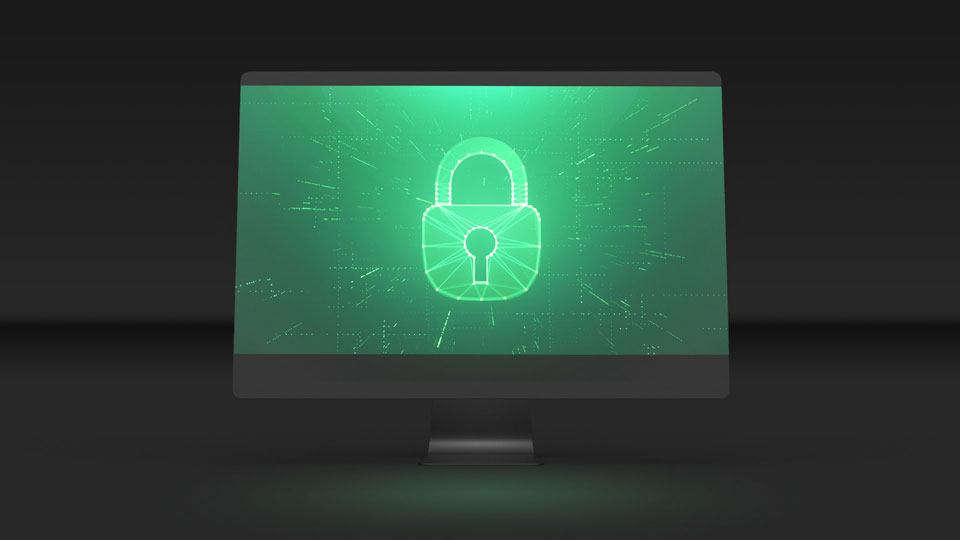Top 5 Cyber Hygiene Tips
1st December 2022Here are Ecliptic Dynamics’ top 5 cyber hygiene tips to help you as users make yourself more secure online almost instantaneously. Users can follow these steps to proactive protect themselves and their data.
1. Passwords
Make them long and strong, and never recycle them across multiple accounts. The easiest way to achieve this is to get a password manager. It makes password generation super easier, but is also makes the management of all of those passwords really really simple for you to do. In our opinion it’s one the quickest and easiest things a user can do to improve their own personal cyber hygiene.
2. Patch Updates
Patch regularly and install updates. This isn’t focused on the feature updates, but security updates, install them as soon as they come out. As users we don’t tend to be scanning around looking for vulnerabilities in different applications, whereas the companies that makes them are. So if they’ve released an update for a security reason, you need to install it to close that gap off to any potential malware as soon as possible.
3. 2FA
Wherever you can, use two factor authentication on any of your accounts. It will increase your security and reduce vulnerability instantaneously. Even if your credentials are stolen, you still have a layer of security stopping somebody accessing your data and accounts. So wherever you can turn on 2FA on all of those accounts, it’s probably the biggest thing you can do to protect yourself and your online accounts.
4. Encryption
There are two types of encryption to consider here, when your data is at rest, but also when you data is in transit. Don’t use providers that don’t give you a basic level of encryption to protect yourself. But as a user you can take that a step further and do a bit of basic checking yourself. So if you’re ever putting bank details in to a website for example, make sure they’re using https. In your browser you’ve got the little padlock shown to know that your communication with them and yourself is secure.
5. Understand Your Attack Surfaces
As users we’re probably most vulnerable through our email and through our browser. They are gateways to get data on to our devices, but that also opens up a window for somebody to send something that we don’t want. So when you’re using your email or navigating to websites be a little bit more cautious. If something looks suspicious in an email it potentially is. Phishing and social engineering attacks are very low cost ways to try and get you as a user to open up yourself and make yourself vulnerable, so just always be a little bit more suspicious. Check any links before you click on them, validate who sent it to you and why they might be communicating.
The responsibly for protecting your data and people sits with you as the ultimate owner of the asset. Only you can decide the value of your data and the impact of it being lost or stolen.
